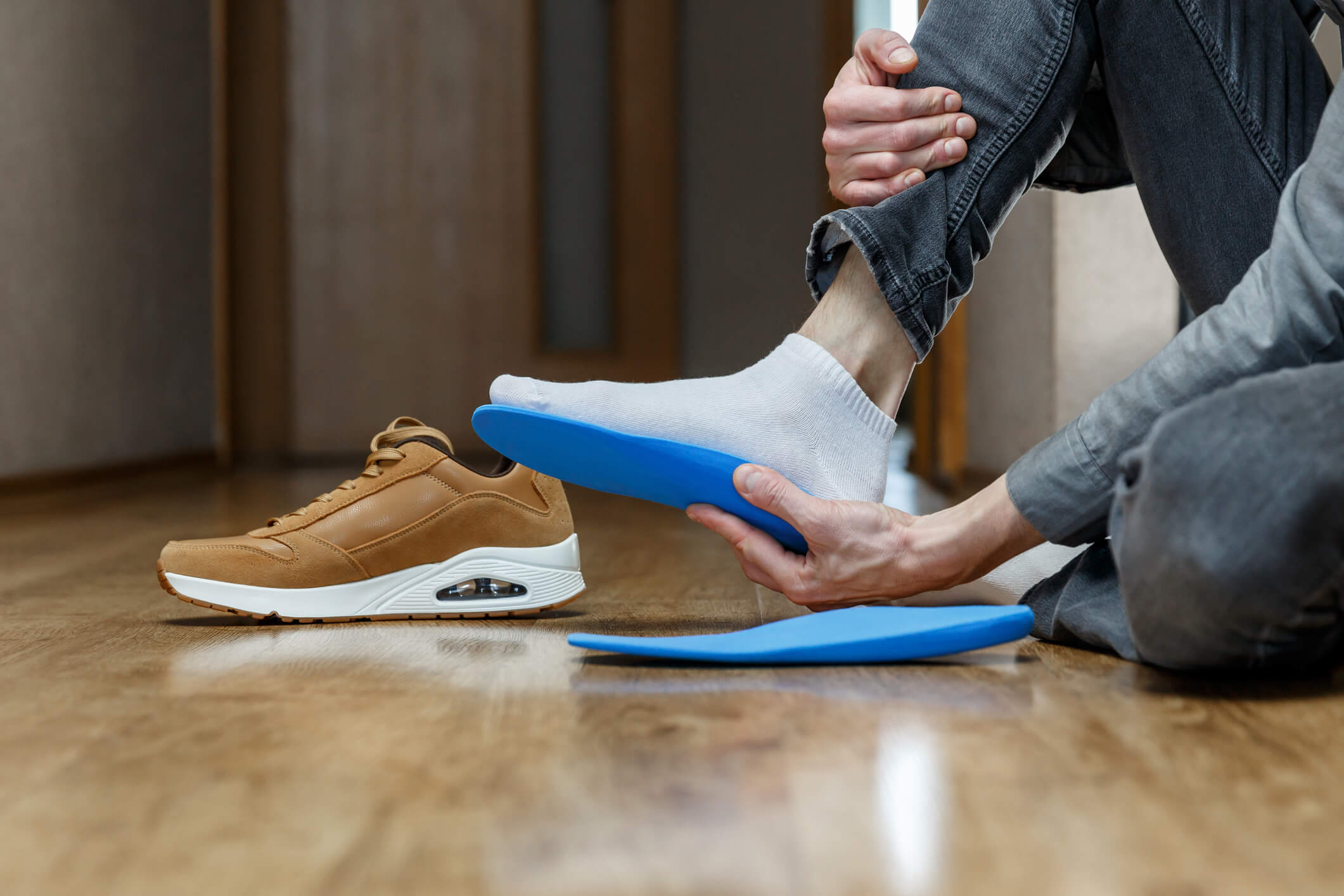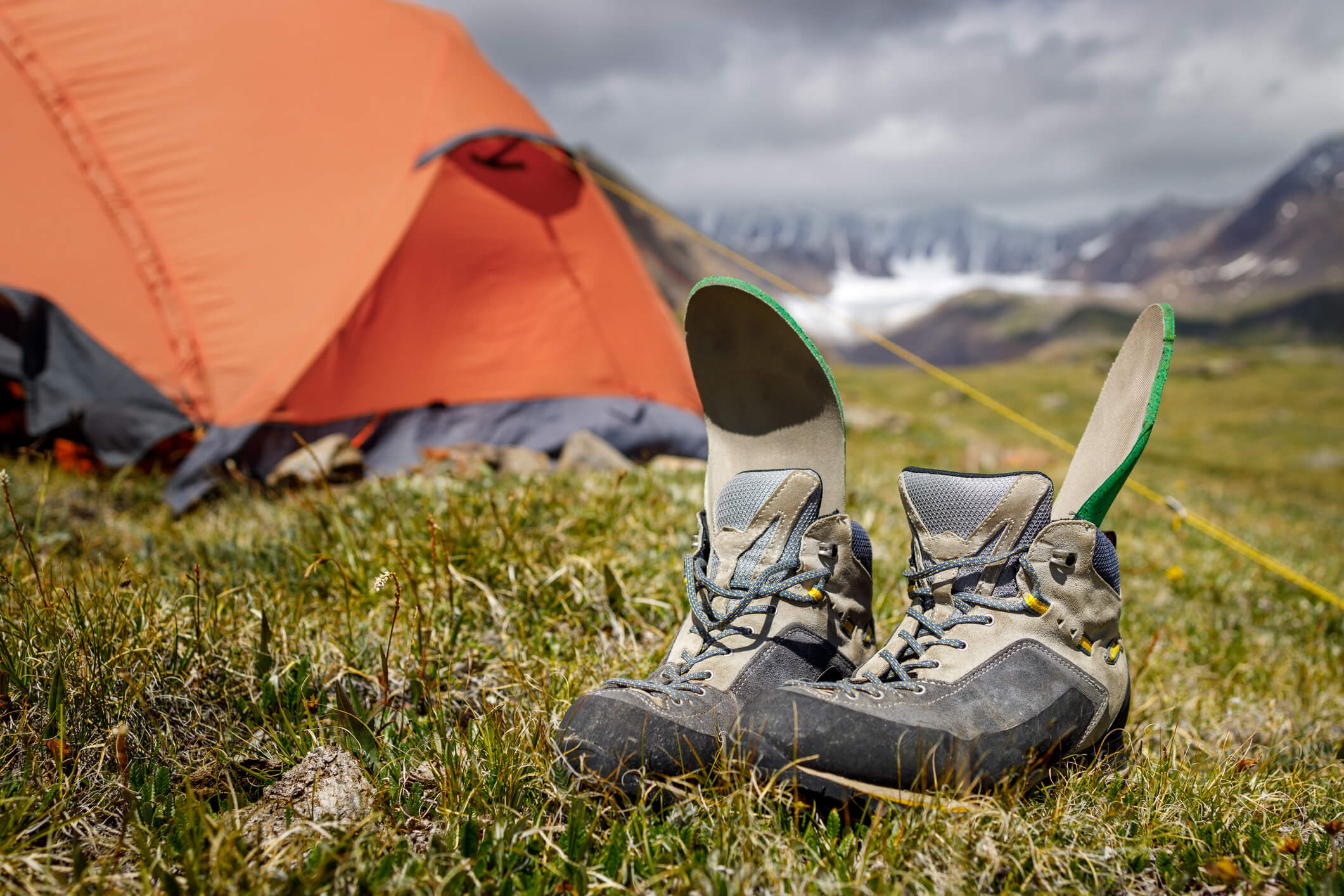
Supination, which is also known as underpronation, may not be as common as overpronation (where the foot excessively rolls inward), yet it still affects an estimated 10 to 15% of the population. And if you’re one of the millions affected, it can affect how you feel in your footwear. So, it’s important to understand what to look for in the best insoles for supination.
What Is Supination? What Are the Signs and Symptoms?
Unless you’ve visited a podiatrist who’s diagnosed you with supination, you may not know you have it. However, there are some common signs and symptoms to watch for.
Supination or underpronation is a foot positioning issue. It’s typically observed when walking, jogging, or running, and it often refers to the foot excessively rolling outward as you move. It can affect stability and impact absorption, so it may also increase the risk of injury.
To discover if you may be experiencing supination, watch for an uneven wear pattern on your shoes. For instance, do you see excessive wear on the outer edges of the soles?
Another common sign is frequent ankle injuries due to the outward rolling as you walk. You may also find the outside of the foot hurts after long periods of activity.
Supination can also lead to pain and tightness in other parts of the body. You may experience discomfort in not only your ankles but also your legs, knees, and even hips, as the altered foot alignment affects the entire chain of movement.
What Causes Supination?
Several factors can contribute to supination, starting with genetics and biomechanics. Folks who have high arches often naturally find their feet don’t flatten enough to absorb the impact efficiently when they’re on the move. Injuries can also affect gait, which could cause or exacerbate supination.
Muscle balances or weakness in the legs and feet can also lead to changes in the distribution of weight and pressure, promoting supination. As can neuromuscular issues, such as seen with conditions like cerebral palsy or after a stroke.
In addition, improper or inadequate footwear that doesn’t provide sufficient support or is too stiff can make supination worse or make the symptoms more painful.
If you do experience discomfort in your feet, a visit to a podiatrist can help you understand the specific causes and thus provide appropriate options. For instance, they may recommend changing your footwear, adding custom orthotics, or exercises that can strengthen the feet and ankles to reduce discomfort and the risk of injury.
Some people may find having added arch support and cushion provides the greatest relief. Others may find that exercises to strengthen their feet and enhance proprioception with minimal footwear can help improve foot mechanics over time for better foot positioning and gait. Others may experience greater relief with a combination of exercises and the appropriate insoles, depending on their activities.
Making changes in your footwear or improving the strength of your feet can take time as your legs and feet get used to the new mechanics. Experts often recommend transitioning slowly as your body adjusts.
How Can Insoles for Supination Support Your Feet?
Insoles can be very helpful for people with supination, especially when using specific insoles designed for supination. Insoles can be added to your regular shoes to provide added support and cushioning, which may help correct the foot alignment and distribute pressure more evenly. This may not only reduce discomfort, it may ultimately decrease the risk of injury.
For example, insoles can provide greater arch support for people with high arches, which can lead to supination. They can also add cushioning to the outer side of the foot. This added support can help absorb the shock that the feet and legs normally endure during walking or running. They may also help realign the foot to a more neutral position to reduce the stress on other parts of the body, such as the legs and back, and thus help minimize discomfort throughout the body.
The best times to ensure you use the best insoles for supination include:
- During physical activities like running and walking when the impact on the feet is higher.
- If you’re experiencing chronic pain or discomfort. For instance, if you often suffer from foot pain, ankle sprains, or discomfort in the knees and legs, it might be due to inadequate foot support, even during normal, everyday activities.
- After an injury related to supination, such as an ankle sprain, to help support your recovery and potentially help prevent future injuries.
- If you stand or walk for long hours, especially on hard surfaces, insoles can be game-changers as they prevent foot fatigue and pain that may be caused by supination.
Embrace Personalized Support for Greater Comfort
Only you know how your feet feel. You will want to look at your feet, the activities you enjoy, any symptoms you experience, and the types of injuries you’ve had. You may want to work with a podiatrist or other foot expert to find which kind of support your feet need. Some insoles, such as BluSol, are best for protecting your feet from extreme temperatures. You may want to combine them with other insoles that offer greater cushion or provide greater stability around the heel or arch.
If you have high arches, the best insoles for supination will typically provide arch support to stabilize the foot and prevent rolling, add cushion, especially on the outer side of the foot, to help absorb impact, and contribute to improved comfort and alignment in your foot.
There’s no “cure” for supination as it stems from your own natural foot structure and biomechanics. However, it is something that can be effectively managed with the right strategies and interventions.



Recent Comments